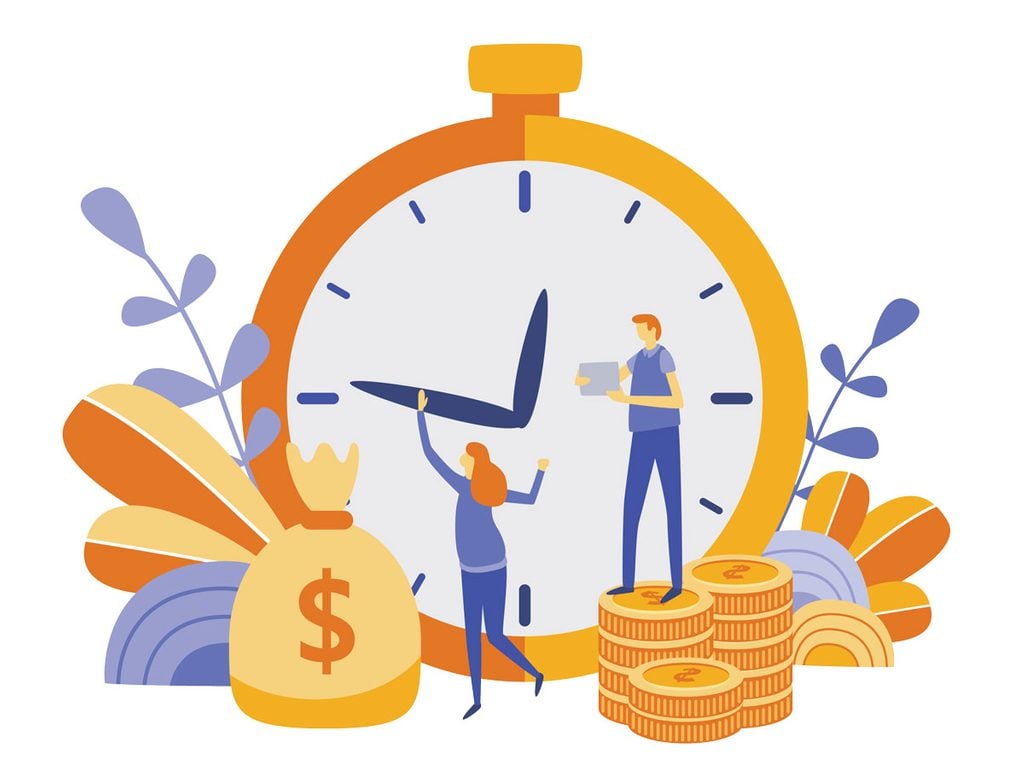What You Need to Know Right Now About RRSPs

An expert shares what you need to know to help save for your retirement.
What to know about RRSPs
A registered retirement savings plan (RRSP) is an investment account that is designed to help you save for retirement. What makes it special, you ask? For starters, the money that you deposit into your RRSP is tax deductible. Say you have a salary of $60,000 and make a $10,000 RRSP contribution. When you pay taxes, you get to deduct $10,000 from your total income and only pay tax on $50,000. This will often help you get a bigger tax refund.
On top of this, the money you contribute grows tax deferred – that is, you don’t pay any tax on investment gains while it’s in your RRSP. The drawback of RRSPs is that when you take money out, you have to pay tax on it. However, the idea is that you contribute when you’re working and in a higher tax bracket and withdraw in retirement when you are in a much lower tax bracket, which ultimately benefits you in the long run.
How much can I contribute?
In general, the amount you can contribute in a year is 18 percent of your previous year’s income or the annual maximum – whichever is less. For 2019, the maximum amount is $26,500. On top of this, you can add any RRSP contribution room that you earned in previous years but didn’t use. If you have a pension plan through your employer, though, your contribution room will be reduced by your pension adjustment, which is indicated on your T4 tax slip.
The good news is that you don’t have to do this calculation yourself. When you filed your 2019 taxes, Canada Revenue Agency (CRA) would have mailed you a notice of assessment (NOA) that summarizes your tax return. If you look under the available contribution limit on your NOA, it will tell you exactly how much you can contribute for 2019. If you can’t find your NOA, you can set up a profile and log in to CRA’s website, where your RRSP information (and a lot of other tax information) will be available for you. (Psst: Follow these tips to set yourself up for a brighter financial future.)
What is the RRSP deadline?
The RRSP deadline is the last day to make an RRSP contribution for the previous tax year. The actual day changes from year to year, but you always have 60 days into the new year to make a contribution (usually the end of February or beginning of March, depending on the calendar).
While a lot of noise is made about the RRSP deadline, you can contribute to your RRSP throughout the year. If you don’t have enough money to make a lump sum RRSP contribution now, you can set up an automatic plan where money is contributed to your RRSP on a regular basis (say, monthly or biweekly). This is often easier for most people and allows you to build up your savings over time instead of stressing out over the deadline. But first, here’s what you need to know before working with a financial advisor.
Jordan Campbell is an associate portfolio manager at Manulife Securities.
Next, check out these strategies to make investing less stressful.




